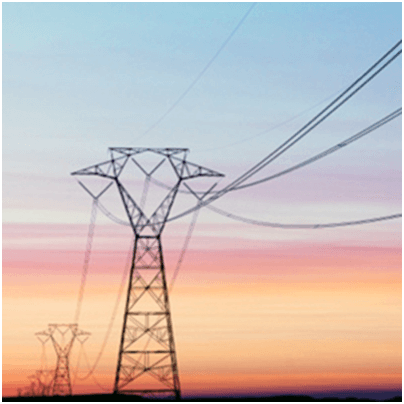HVDC Full Form | What is HVDC
What is the full form of HVDC
HVDC
HVDC stands for High Voltage Direct Current Transmission. It refers to the massive transmission of electricity in the form of DC over long distances by means of submarine cables or overhead transmission lines. This method of transmitting electricity over long distances is preferred over HVAC as HVDC lines are less expensive and losses are also less as compared to HVAC transmission. HVDC is also popularly known as Electrical Super Highway or Power Super Highway.

How does HVDC transmission system work?
Ac power is generated in the generating station. The AC power needs to be converted into DC power before starting the transmission of electricity as this system uses direct current for the transmission of large amounts of electricity.
So, this system is a combination of a DC (Direct Current) circuit with two power electronics converters at each end of the circuit for AC to DC and DC to Ac conversion. In other words, there is a rectifier terminal at one end of the HVDC substation and an inverter terminal at another end. The DC power moves through the overhead lines and at the user end an inverter is placed in order to convert DC power into AC.
The power of the end which sends the electricity and user end is always equal i.e. input power is equal to output power. A single transmission line with a converter at both the ends is termed as two-terminal DC system. When there are two or more converter stations and DC transmission lines it is known as multi-terminal DC substation.
Basic Components of HVDC Transmission System:
- Converters: They are used for the conversion of AC to DC and DC to AC.
- Smoothing Reactors: They are connected in series with the HVDC transmission lines.
- Electrodes: They are used to connect the system to earth.
- Harmonic filters: They are used to minimize the voltage and current distortion of the converters.
- DC Lines: It is the overhead transmission lines.
- Reactive Power Supplies: It helps maintain voltage to deliver active power through transmission lines.
- AC Circuit Breakers: They are used to clear the faults in the transformer and to disconnect the DC link.